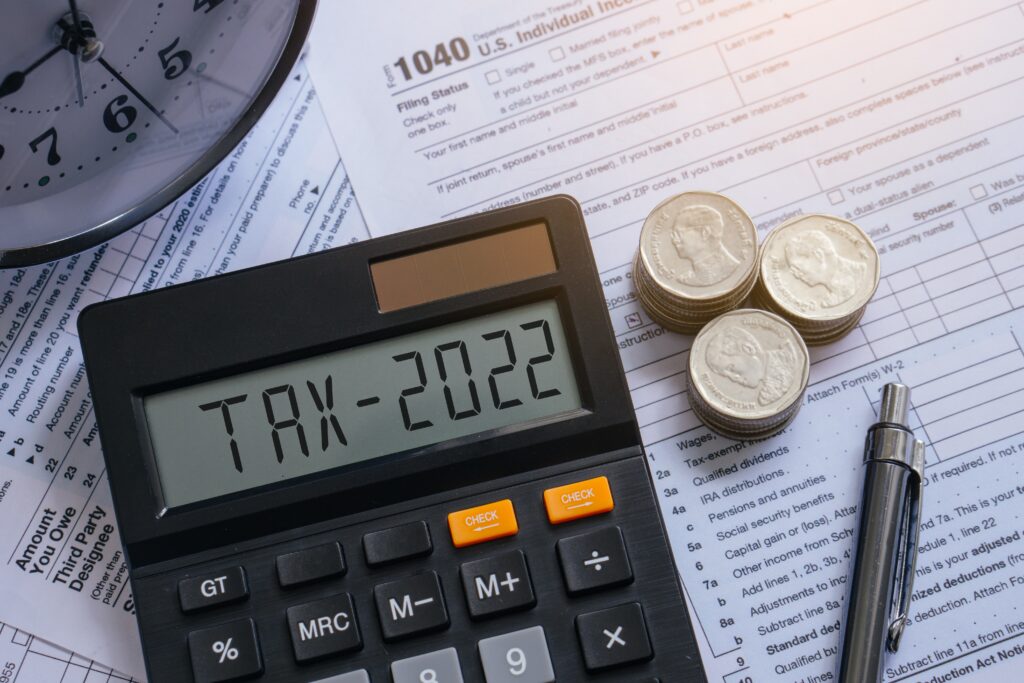Cedolare Secca is an optional tax regime in Italy that provides for the payment of a tax in lieu of IRPEF (personal income tax) and additional taxes. Applies to individuals who earn income from real estate rentals or hold real rights to property. Cedolare Secca offers two different rates, 10% and 21%, which are applied to different types of leases.
1. Who can opt for Cedolare Secca?
Individuals who own real estate and rent it out for residential use can choose from:
– Ordinary taxation
– Substitute taxation through Cedolare Secca. The landlord may exercise this option when first registering the lease or even later by completing the RLI form, to be submitted electronically or in hard copy to the Internal Revenue Service.
2. Understanding Dry Cedular:
Cedolare Secca is a substitute tax regime that allows individuals to opt for a flat tax exclusively on rental income, instead of applying the normal IRPEF rates.
3. Advantages of Cedolare Secca:
– Simplified taxation: Cedolare Secca offers a simplified taxation process for landlords, eliminating the complexities involved in calculating income tax.
– Fixed rates: landlords who choose Cedolare Secca benefit from fixed rates of 10% or 21%, depending on the type of lease.
– Ease of compliance: with Cedolare Secca, landlords do not have to consider their total income when calculating taxes, as the tax is determined solely on the basis of rental income.
4. Considerations for owners:
– Duration and type of lease: Cedolare Secca applies to residential leases with a minimum duration of four years. It does not cover leases for commercial or professional activities.
– Tax deductions: Unlike the ordinary taxation regime, owners of Cedolare Secca are not eligible for tax deductions related to property management expenses.
5. Seeking professional counseling:
Given the complexity of tax regulations, it is advisable for owners to consult with a tax professional or legal counsel. They can provide customized guidance and help navigate the complexities of Secular Secular.
Short-term rentals
The 21% Dry Coupon option is also available to those engaged in short-term rental business.
A short-term rental contract is defined as a residential rental contract of no more than 30 days’ duration, entered into by parties unrelated to the business (such as Airbnb or vacation rentals).
Also included are subleases and leases granted to third parties for consideration by the tenant. Starting in 2021, the applicability of Secular Rent is limited to a maximum of four apartments used for this purpose within one year. Above this threshold, any activity, regardless of the person involved, is considered entrepreneurial in nature.
When can you opt for Cedolare Secca?
Cedolare Secca is a favorable tax regime for rental income from residential properties. It also applies to commercial contracts signed before 2019. You can choose Cedolare Secca at the time of contract registration or in subsequent years.
Cedolare Secca was created to counter tax evasion in the rental sector, and its regulations are contained in Legislative Decree No. 14 March 2011, no. 23. Provides for the application of a tax in lieu of IRPEF and exempts the payment of registration and stamp taxes, as well as regional and municipal IRPEF surcharges.
The choice of Cedolare Secca entails the waiver of the right to request rent adjustments, even if provided for in the contract, including any changes based on the ISTAT index of national consumer prices for wage-earning and white-collar households from the previous year. There are two tax rates for Cedolare Secca:
Taxation of 21% for freely agreed rental agreements for residential properties.
10 percent preferential taxation for tenancy agreements.
The application of the Cedolare Secca taxation is not automatic but requires the exercise of an option when registering the contract using the RLI form. If the option is not exercised initially, normal registration rules apply and registration and stamp duties become due and non-refundable.
In case of contract renewal, it is necessary to confirm the option at the time of renewal notice. Such confirmation must be made within 30 days after the expiration of the contract or a previous renewal. Therefore, the choice of Cedolare Secca can be made at the time of contract registration or, in the case of multi-year contracts, later. It must be reported to both the Internal Revenue Service and the tenant.
You must inform the Internal Revenue Service by filling out Form 69. When filing your tax return, you will need to calculate the tax and pay it using the F24 form.
How to pay dry coupon
Secular Payment
As for payment methods for Cedolare Secca, the down payment, calculated on the basis of the tax paid in the previous year, is 100% of the amount due. Payment in advance should be made as follows:
– In one lump sum, by November 30, if the amount is less than 257.52 euros.
– In two installments if the amount due exceeds €257.52:
– The first installment, equal to 40 percent of the total, must be paid by June 30.
– The second installment, representing the remaining 60 percent, is due by Nov. 30.
The balance must be paid by June 30 of the following year or by July 31 with a 0.40 percent surcharge.
The following codes should be used for the payment of the Cedolare Secca through the F24 form:
– 1840: Cedolare Secca leases – Down payment first installment (Advance, first installment)
– 1841: Cedolare Secca leases – Down payment second installment or lump sum
– 1842: Cedolare Secca leases – Balance (Payment of balance)
Contract registration
The Cedolare Secca regime is optional, so the choice to opt for it must be communicated when registering the contract or in subsequent years. Registration of the contract must be done using the RLI form within 30 days from the date of signing or the effective date of the contract, whichever is earlier. In case of exercising the option Cedolare Secca, in the years following the conclusion of the contract, the option must be exercised within 30 days after the expiration of the previous year.
Similarly, the Cedolare Secca option can be chosen when renewing the lease, again within 30 days of renewal.
The option must be communicated to the tenant by registered letter, thus indicating the renunciation of the rent increase.





